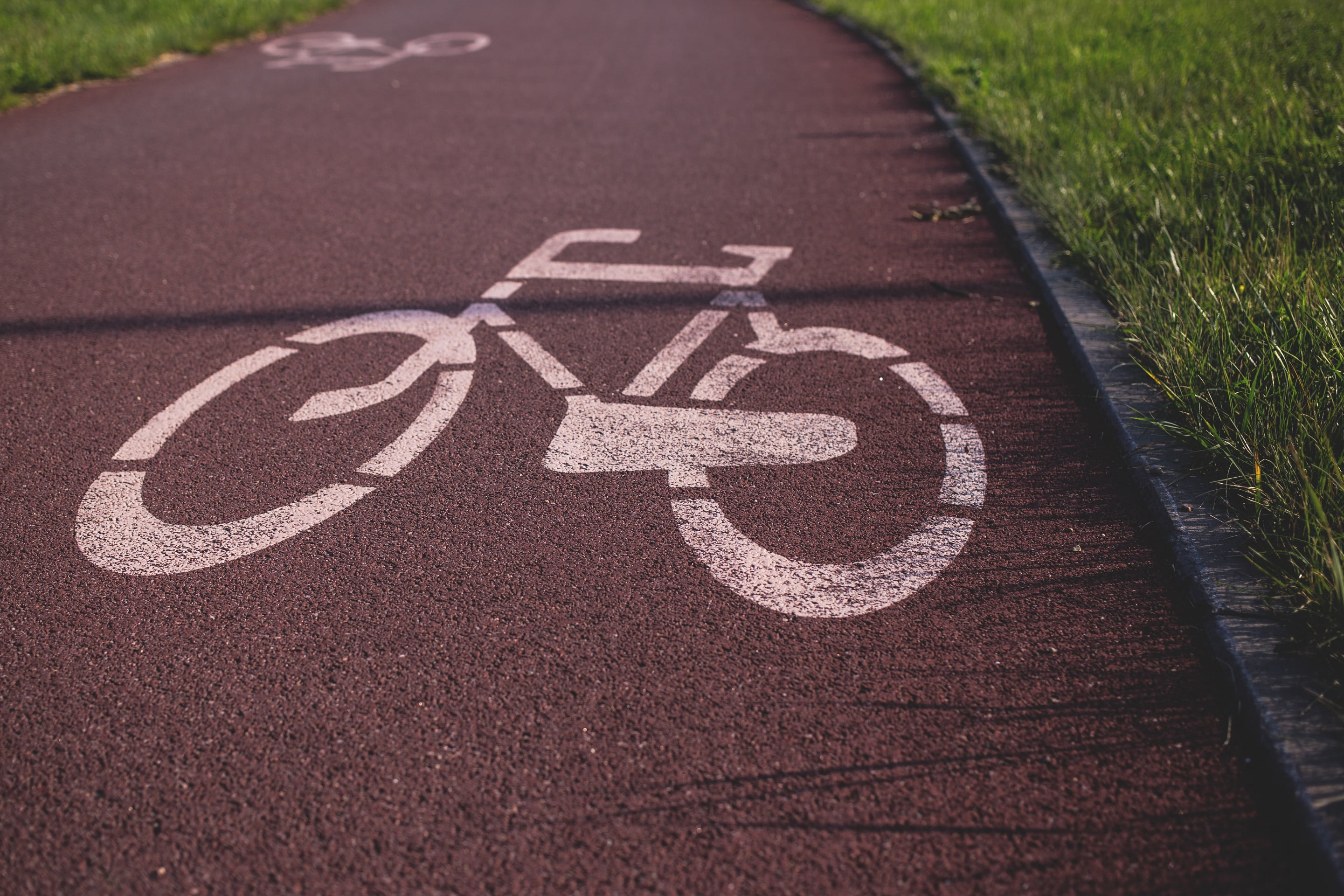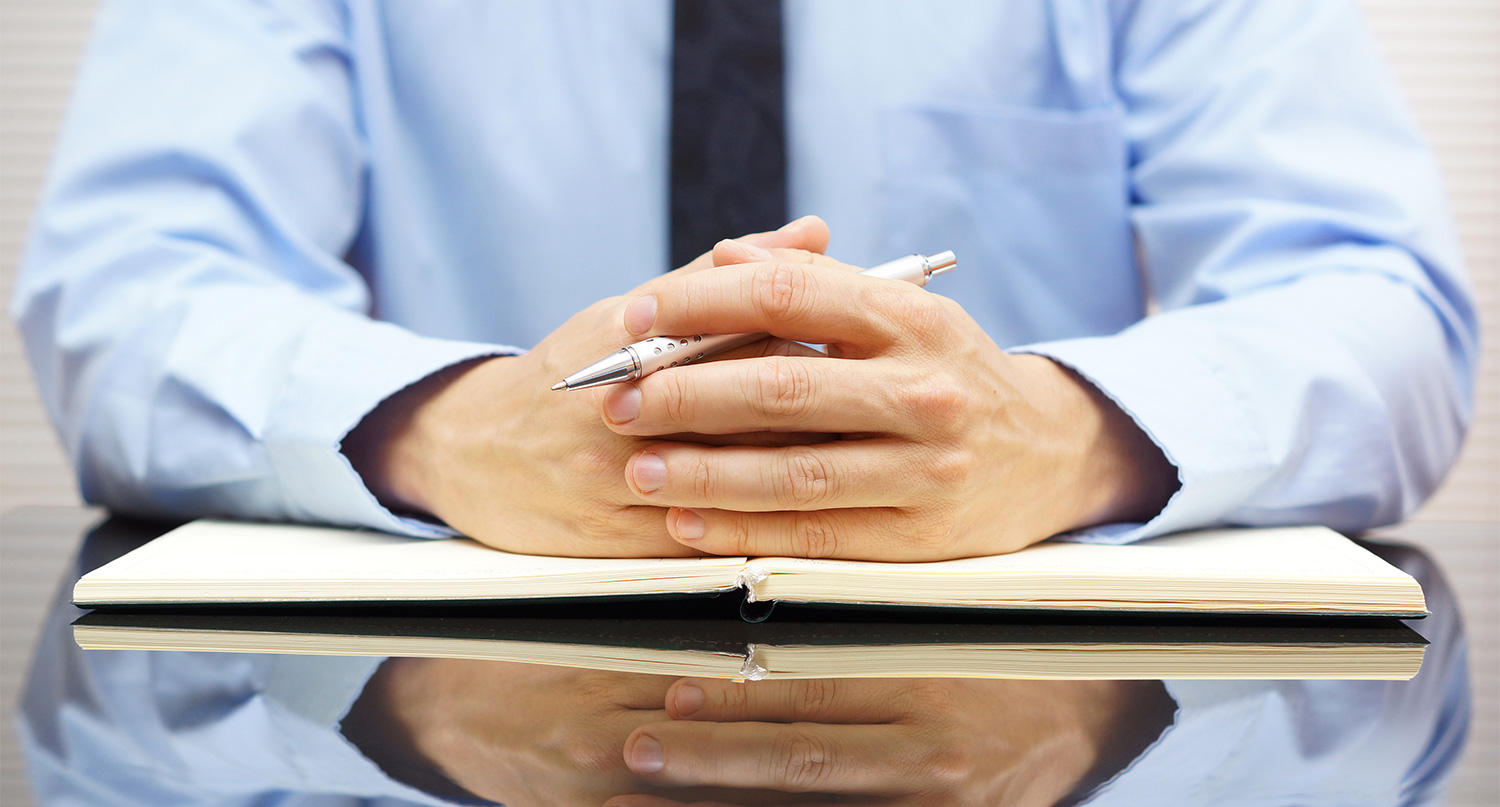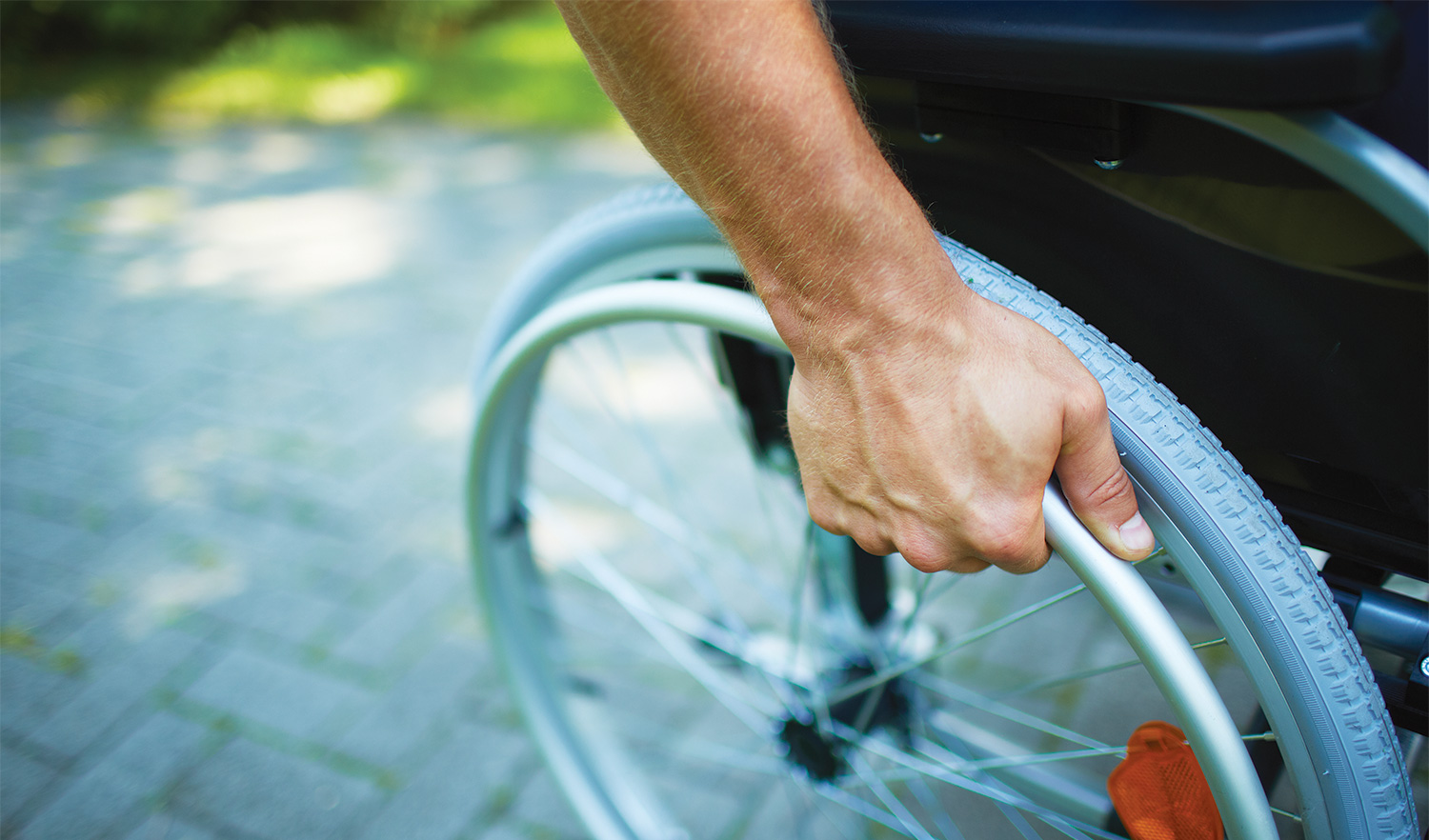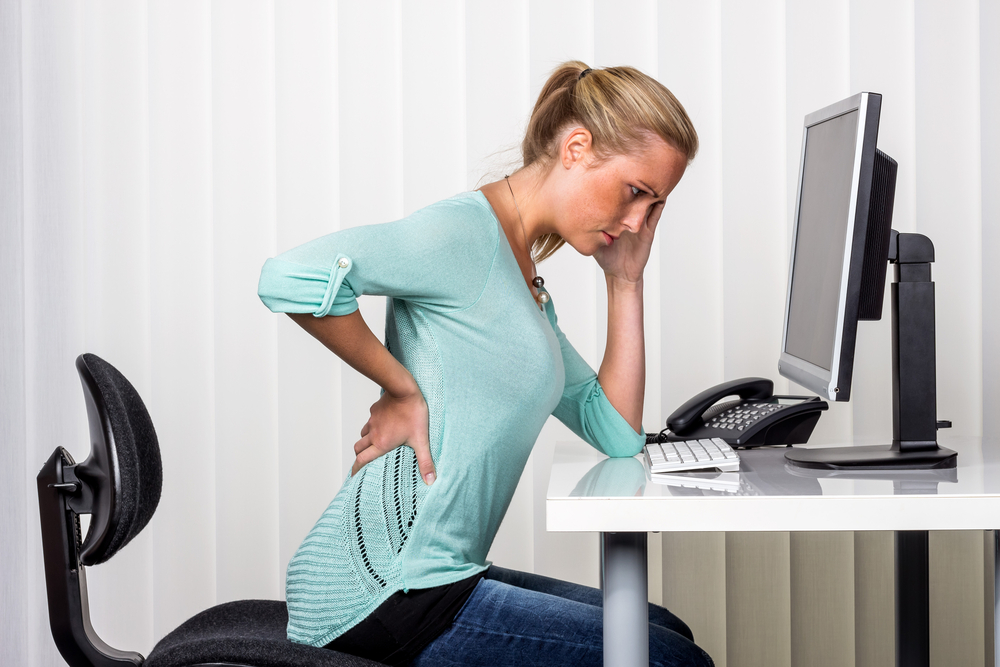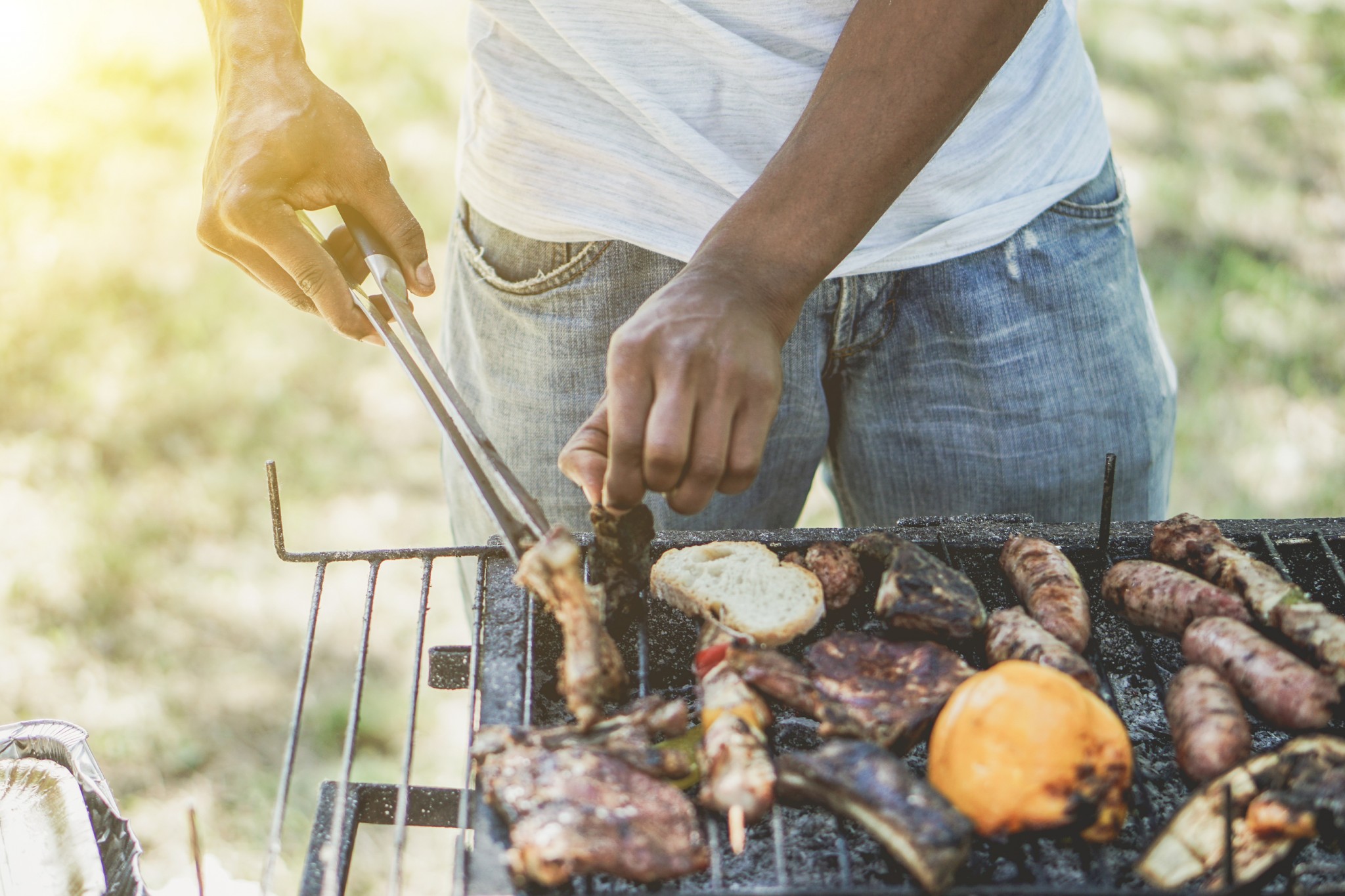A hit and run accident is an accident where one of the parties involved leaves the scene of the accident. Often the vehicle that leaves the scene is unidentified and has failed to exchange information with the other driver, however, this is not always the case. There are instances where the other vehicle has been successfully identified whether by someone at the scene or at a later date. Hit and run accidents can also involve pedestrians who have been struck by a vehicle that has then fled the scene.
Leaving the scene of a hit and run accident between vehicles is a criminal offence under the Highway Traffic Act – especially if an individual is injured because of the accident.
These types of accidents can have serious consequences. It becomes harder to determine liability and collect accident details when there is no one at the scene to be held accountable or question. Hiring a skilled personal injury lawyer right away will help ensure victims are fully compensated.
Accident Claims
Even if an individual is involved in a hit and run accident that results in injury and the other vehicle cannot be identified, our team of professionals will find you coverage through your own insurance policy. In Ontario, the standard policy of insurance, referred to as OAP 1, contains provisions that allow you to seek recourse through unidentified and/or uninsured conditions of your own insurance policy. An experienced lawyer at Dye and Russell can help explain these legal difficulties & help recover fair compensation for your injuries.
Persons injured as a pedestrian, even while lacking an OAP 1, are still eligible to receive compensation. The Motor Vehicle Accident Claims Fund (MVACF) is a provincial body, set by the Province of Ontario, to assist persons without insurance. It is through this fund that a person can obtain accident benefits. Connecting with a personal injury lawyer is the best way to ensure you receive fair compensation.
Working with a Personal Injury Lawyer
When you work with a personal injury lawyer from Dye and Russell, we’ll make sure you have access to certain types of benefits and provide the help you need to navigate the system of insurance. Often times people think because the vehicle or person responsible for the accident cannot be identified, they have no options.
Our lawyers have experience working with big insurance companies and know how to get you maximum coverage. It is our responsibility to help identify the opportunities of recourse available to you. For instance, your own insurance policy. Any dependents, such as a spouse or child, are able to seek legal remedy under that policy.
Contacting a Personal Injury Lawyer
An expert lawyer from Dye and Russell can help you navigate the insurance system and help you get the fair and rightful compensation you deserve. They can assist with getting access to additional coverage under your policy and help you understand the legal side of your case.
If you or someone you know has been involved in a hit and run accident, call the professional lawyers at Dye and Russell today at 1-877-883-6171.


